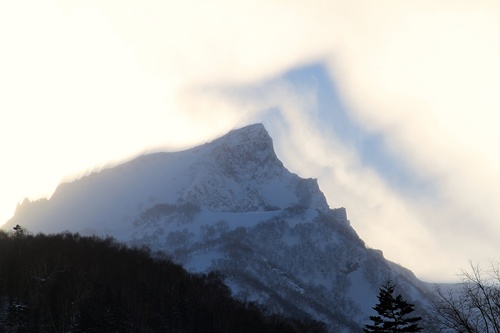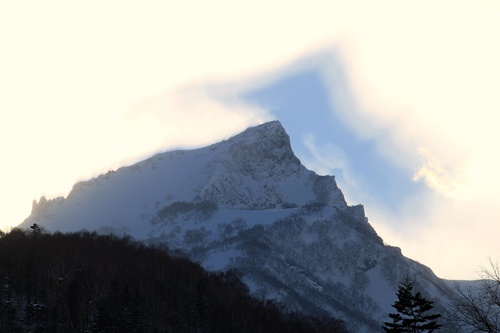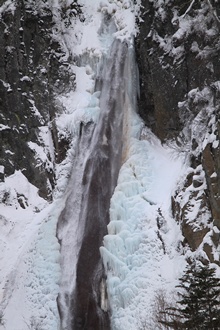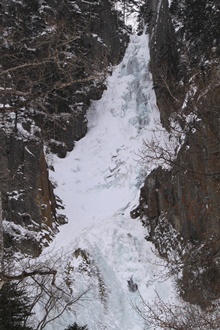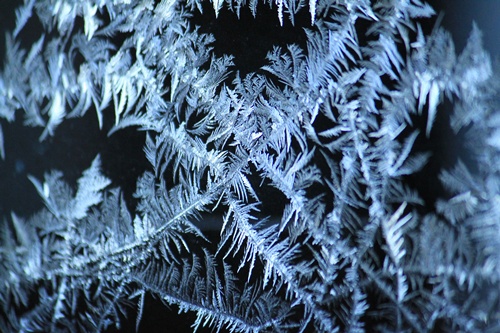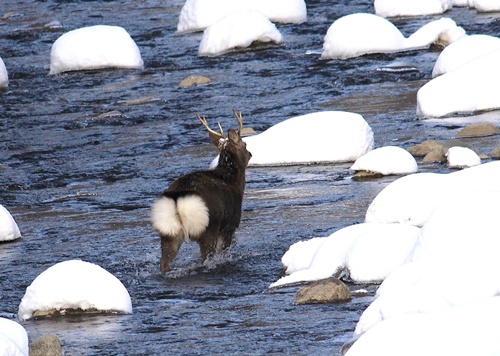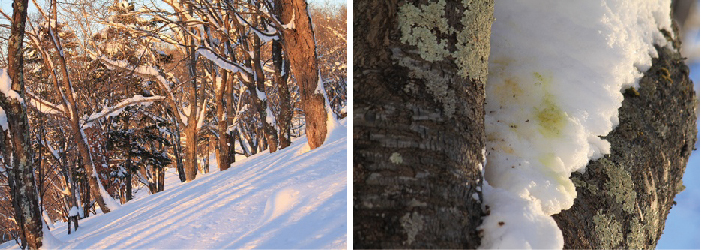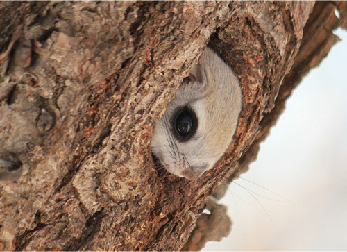Around two o’clock this afternoon, I saw a rare phenomenon.
On occasion, a mountain’s shadow can be projected onto clouds and haze in the air above, giving the appearance that there are layers above the mountain. On this day, the sun was sinking behind Mt. Kurodake and projected its shadow onto thin clouds above it.
I watched the show from beginning to end. Initially, a shadow in the shape of a cap cloud materialized. Next, a three-layered shadow appeared. And then suddenly a beautiful two-layered shadow formed.
The entire spectacle lasted about 30 minutes. Then the shapes gradually collapsed and disappeared as the clouds moved on.
It was a rare phenomenon that can only be seen from certain locations and under certain weather conditions.
Photos: Mt. Kurodake with a triple-layer appearance (left) and double-layer appearance (right)
Dec. 27
On occasion, a mountain’s shadow can be projected onto clouds and haze in the air above, giving the appearance that there are layers above the mountain. On this day, the sun was sinking behind Mt. Kurodake and projected its shadow onto thin clouds above it.
I watched the show from beginning to end. Initially, a shadow in the shape of a cap cloud materialized. Next, a three-layered shadow appeared. And then suddenly a beautiful two-layered shadow formed.
The entire spectacle lasted about 30 minutes. Then the shapes gradually collapsed and disappeared as the clouds moved on.
It was a rare phenomenon that can only be seen from certain locations and under certain weather conditions.
Photos: Mt. Kurodake with a triple-layer appearance (left) and double-layer appearance (right)
Dec. 27
